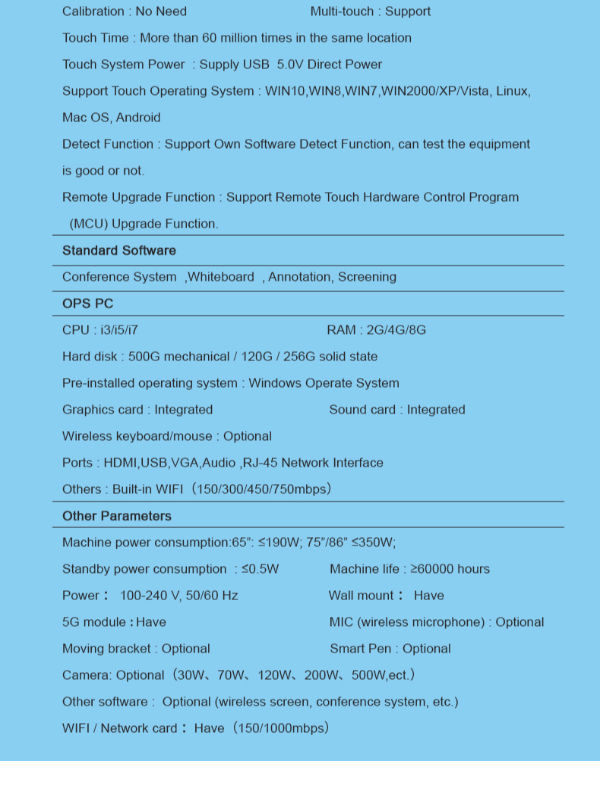
The default drawing controls for the whiteboard rely on the use of your mouse or a touch-enabled device.

Note that the Zoom Whiteboard PNG image file cannot be further edited in Zoom after the Zoom session ends. You can save the whiteboard as a PNG image file and the Zoom whiteboard can be configured for auto-save with a simple checkbox. You can manage the Zoom Whiteboard default settings in your profile. Note: Students in your class are able to draw on the whiteboard by default. Learn more about Zoom whiteboards and annotation tools. Get more information on sharing a Zoom Whiteboard.

Touch screen annotation hardware software#
On the virtual end, instructors can use a variety of input devices such as a mouse, trackpad, stylus, or other input device to write virtually on a virtual software whiteboard like those offered in OneNote, MS Teams, PowerPoint, etc. These devices convert the stylus writing into virtual form on a virtual software whiteboard that is shared in Zoom. In the middle range, instructors write physically using a stylus linked to a drawing tablet like the Wacom pen tablet or a tablet computer such as an iPad. They can then use a dedicated document camera, webcam, or smartphone camera connected to Zoom to share drawings with their students. On the physical end of the spectrum, instructors write using markers on an individual size whiteboard or draw with pen and paper. Use an input device like a stylus, mouse, or trackpad on a virtual software whiteboardĭrawings are shared using document cameras, webcams, or smartphone cameras connected to Zoomĭrawing on the tablet or screen is shared in Zoomĭrawings are digitized and shared in Zoom Use a Wacom pen tablet, tablet computer (e.g. Use markers on a small whiteboard or pen and paper Physical refers to the instructor writing on physical equipment in front of them and then projecting virtual refers to exclusively writing electronically on a device. Options for virtual whiteboards exist along a spectrum, from physical to virtual.


 0 kommentar(er)
0 kommentar(er)
